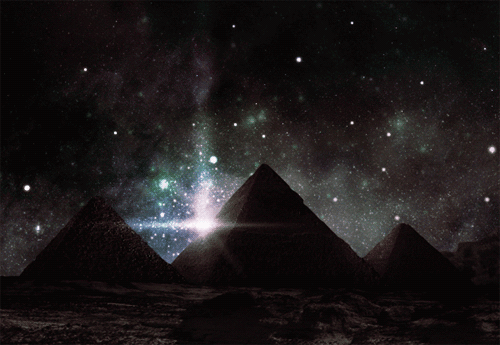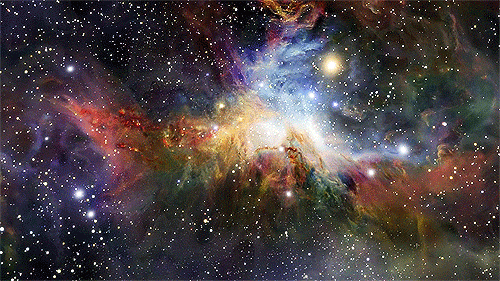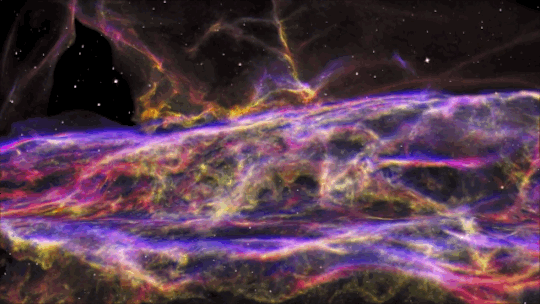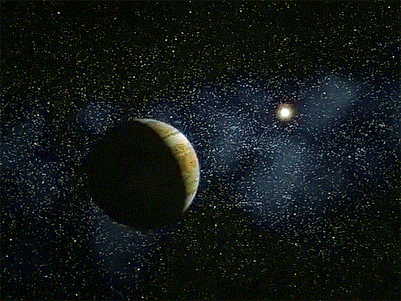

An astronomical object or celestial object is a naturally occurring physical entity, association, or structure that current astronomy has demonstrated to exist in the observable universe.
In astronomy, the terms "object" and "body" are often used interchangeably. However, an astronomical body or celestial body refers to a single, tightly bound contiguous entity, while an astronomical or celestial object refers to a complex, less cohesively bound structure, that may consist of multiple bodies or even other objects with substructures.


Examples for astronomical objects include planetary systems, star clusters, nebulae and galaxies, while asteroids, moons, planets, and stars are astronomical bodies. A comet may be identified as both body and object: It is a body when referring to the frozen nucleus of ice and dust, and an object when describing the entire comet with its diffuse coma and tail.

The constituents of a galaxy are formed out of gaseous matter that assembles through gravitational self-attraction in a hierarchical manner. At this level, the resulting fundamental components are the stars, which are typically assembled in clusters from the various condensing nebulae. The great variety of stellar forms are determined almost entirely by the mass, composition and evolutionary state of these stars.

Stars may be found in multi-star systems that orbit about each other in a hierarchical organization. A planetary system and various minor objects such as asteroids, comets and debris, can form in a hierarchical process of accretion from the protoplanetary disks that surrounds newly formed stars.